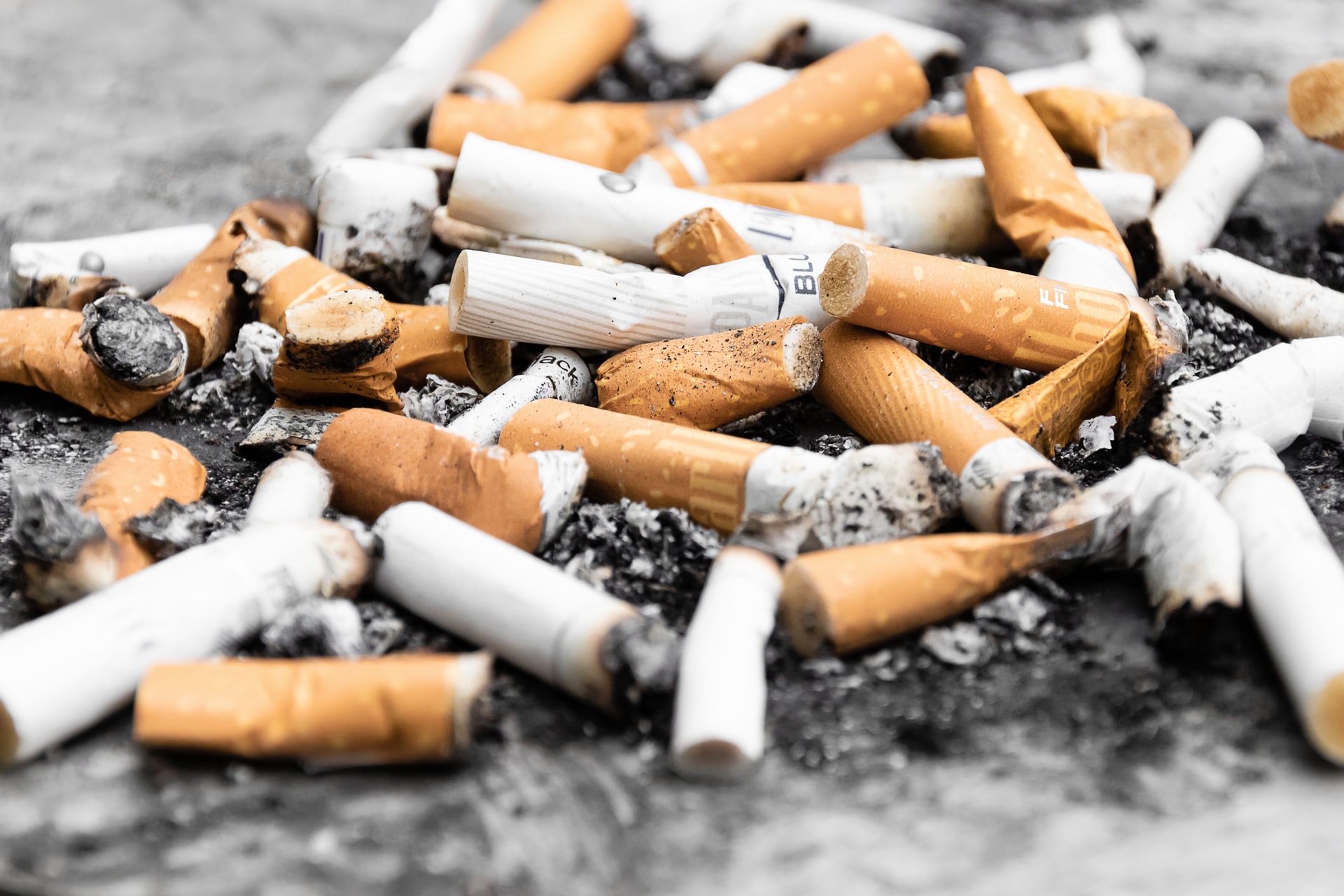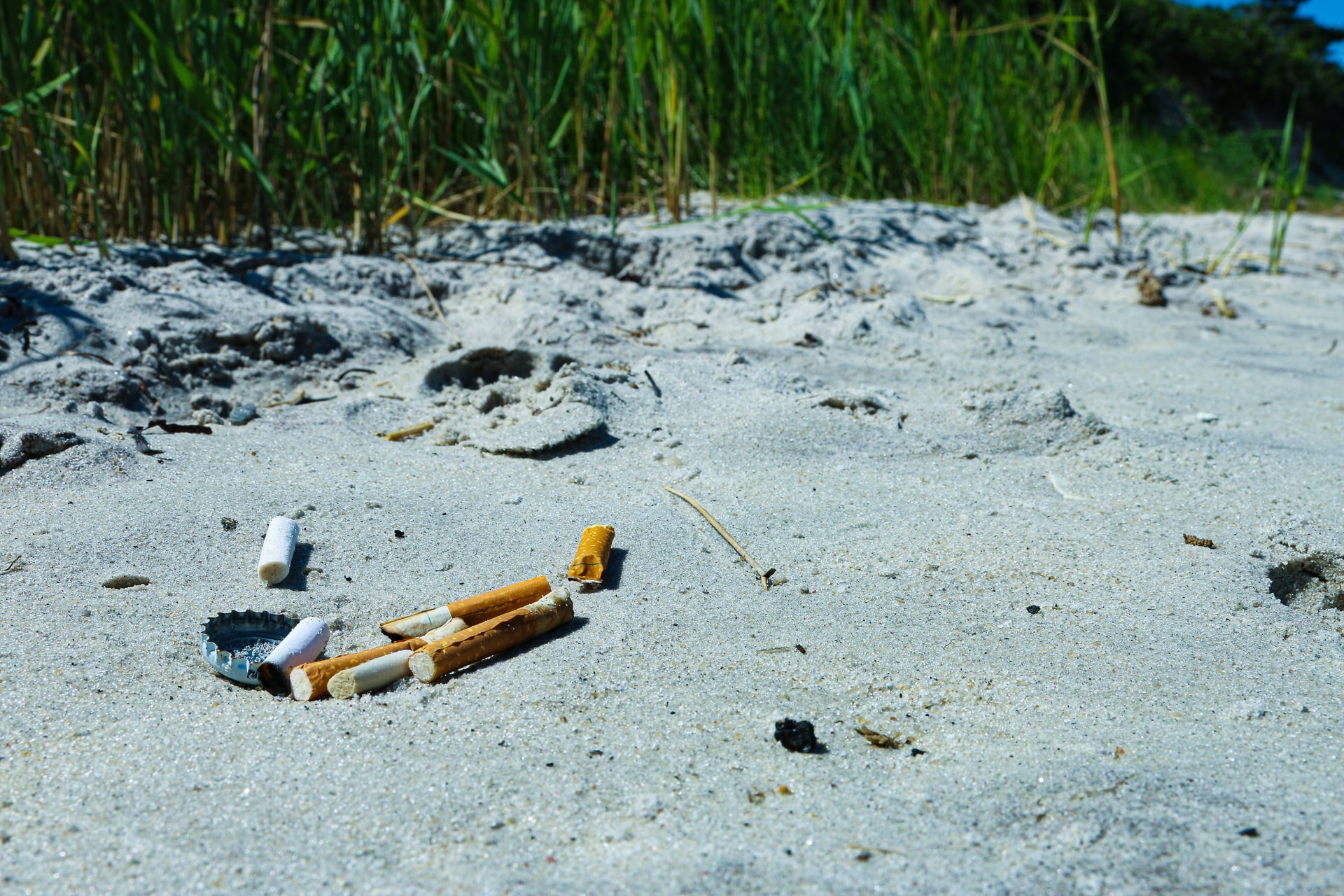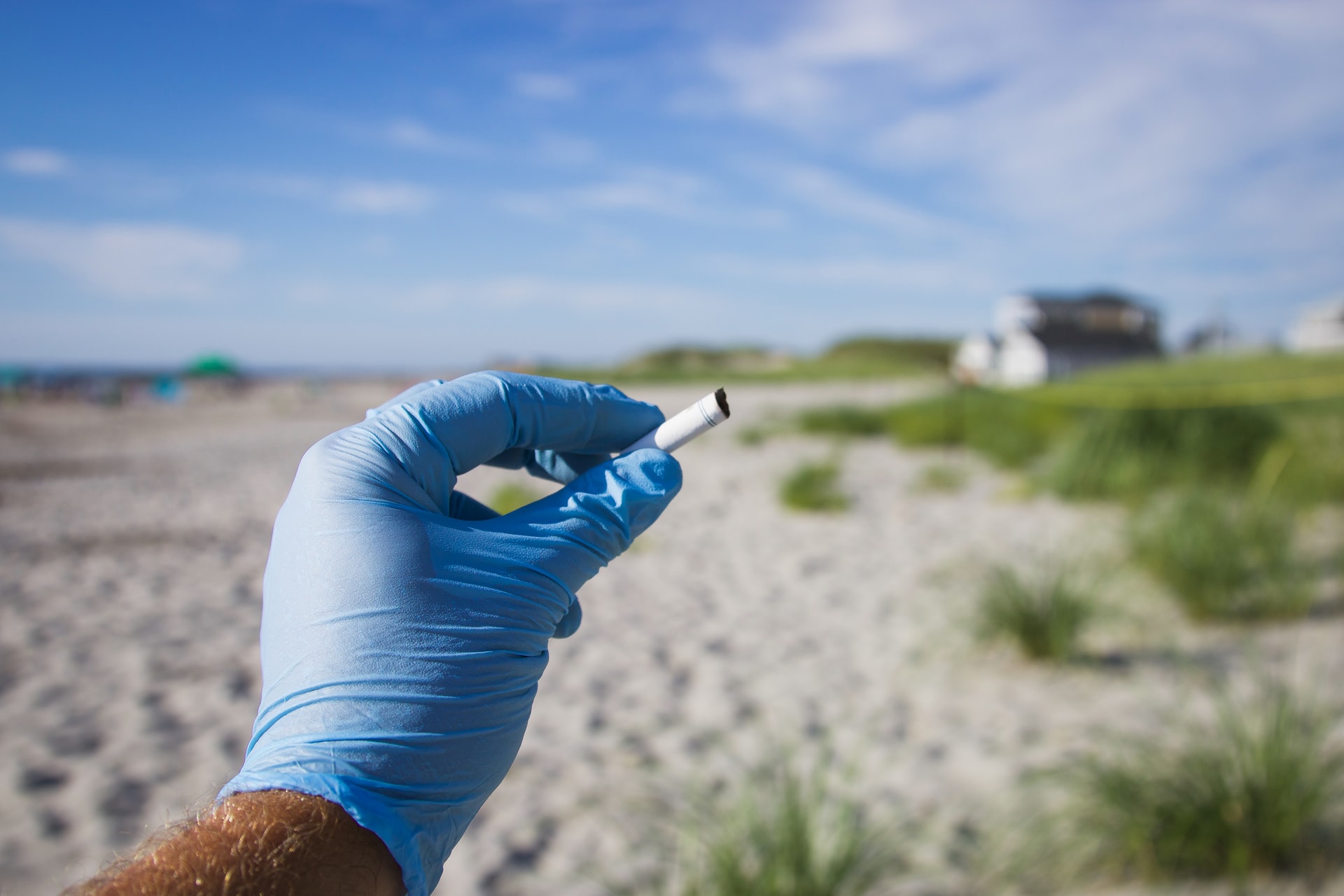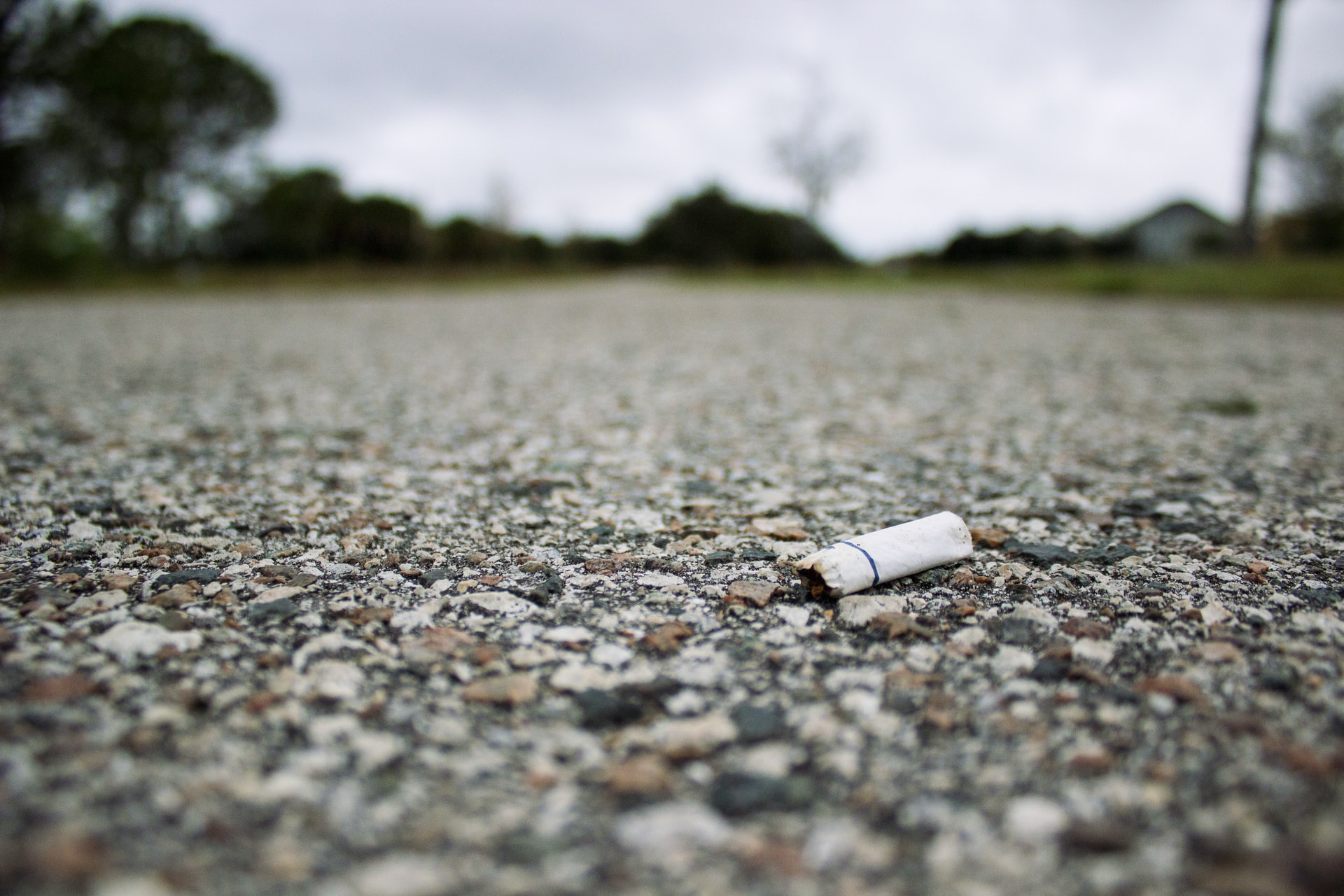
- Inspiring People -
- 4mins -
- 1,067 views
Tobacco firms to pay for cigarette butt clean-up in France
The French government has said the estimated €100million annual cost of reducing environmental pollution caused by cigarette butts will mainly be met by tobacco manufacturers rather than taxpayers.
Tobacco firms held to account for cigarette butt clean-up in France
Tobacco manufacturers will have to pay for the environmental pollution caused by cigarette butts, the French government announced in July.

the ‘polluter pays’ principle will contribute €80million towards the collection of cigarette butts
Every year, some 23 billion cigarette butts are improperly disposed of, Ecology Minister Barbara Pompili told RTL.
This results in water pollution and harm to marine life, she said. Each cigarette butt can pollute 500 litres of water, they can take years to break down and often end up being eaten by fish.
The clean-up operation will cost about €100million annually, according to Ms Pompili. To this end, an organisation will be created under the ‘polluter pays’ principle to contribute €80million towards the collection of cigarette butts, the distribution of ashtrays and communication initiatives.
Explaining that it was normal for “manufacturers to pay for the waste produced, rather than our taxes”, Ms Pompili insisted that the cost would not be passed on to consumers via increases in the price of packs.
Source: ConnexionFrance

Pocket ashtrays distributed in French towns
Some towns in France have been launching their own initiatives to tackle pollution caused by cigarette butts.
In the spring, Montbéliard in Bourgogne-Franche-Comté introduced pocket ashtrays at venues such as cafés and restaurants.
The personal pocket-sized ashtrays can accommodate eight cigarette butts and can be endlessly reused after they are emptied in the bin.
A similar initiative is coming to the seaside resort of Royan this summer. As well as pocket ashtrays, special conical-shaped ashtrays have been developed for use on the beach, allowing them to be stood up in the sand.
Educational cigarette bins have also been brought into force, encouraging smokers to engage by using their cigarette ends like voting tokens. Cigarette butts can be disposed of by using one side of the bin or the other in answer to a question like ‘Do you prefer surfing or bodyboarding?’.
Source: ConnexionFrance

Smoking in decline in France
Every year in France, there are 75,000 deaths from smoking, accounting for 13% of deaths in France annually. However, national health agency Santé Publique France notes that smoking is becoming less popular, especially among women.
Statistics for 2019 showed that 30.4% of those aged 18-75 were smokers, accounting for 10 million people. Some 34.6% of men and 26.5% of women were still smoking in 2020.
Source: ConnexionFrance

Cigarette butts: the world’s most prolific polluted plastic
Cigarette butts are actually the most abundant form of plastic waste in the world, with some 4.5 trillion individual butts polluting our global environment.
Cigarette butts are not made of cotton or paper, but primarily plastic. Cigarette butts are small and tend to go unnoticed but they are hiding almost everywhere.
Contrary to what many believe, cigarette butts are not harmless. They are made of cellulose acetate, a man-made plastic material, and contain hundreds of toxic chemicals.
While cigarette filters, or the plastic part of butts, can take up to 10 years to completely degrade, the chemicals they release can remain in the environment for many more years beyond the life of the cigarette butt itself.
These lingering toxins include arsenic (also used in rat poisoning), lead (a poison that can affect the brain development of children) and nicotine. When these toxic plastics are improperly disposed of on the street corner or out the car window, they slowly leach toxins into our natural systems, presenting a serious threat to us and our environment.
These tiny toxic butts also cause significant harm to our water sources. It is not uncommon for field researchers to find cigarette butts inside dead sea birds, sea turtles, fish and dolphins.
What’s more, a 2011 Study found that the chemicals leaching from cigarette butts can be lethal to freshwater and marine fish species.
It is imperative to ensure that cigarette butts find their way to the waste bin or sent to a recycling facility. Smokers should consider finding designated smoking areas or carrying their own “pocket ashtrays” to collect their waste.
Like all litter, cigarette butts require labour intensive work to be removed from the environment, and it would be much better if they were not discarded there in the first place.
Source: EarthDay.org

